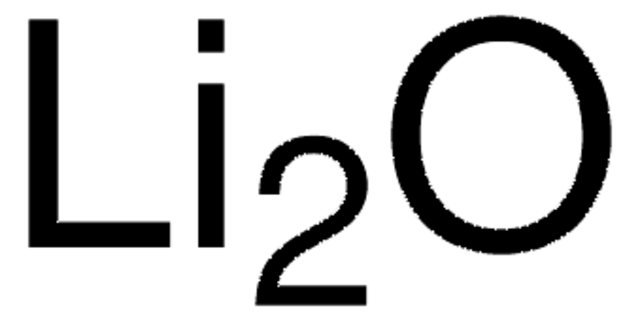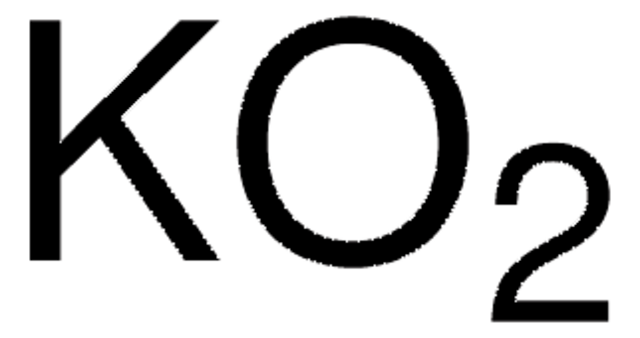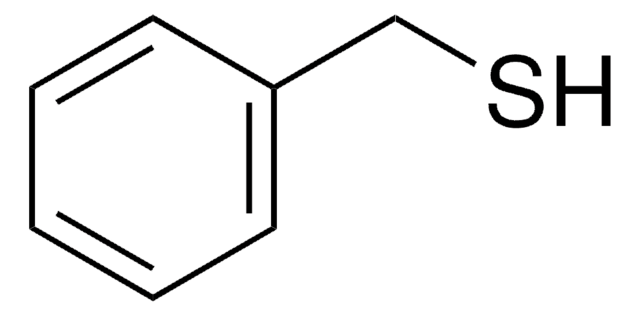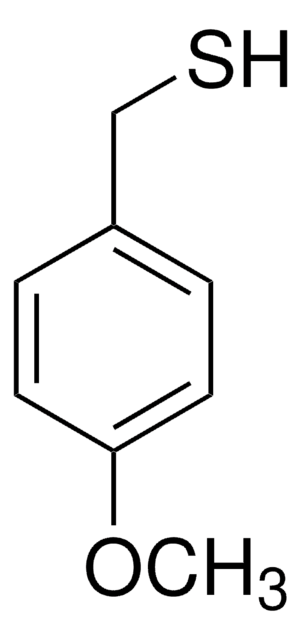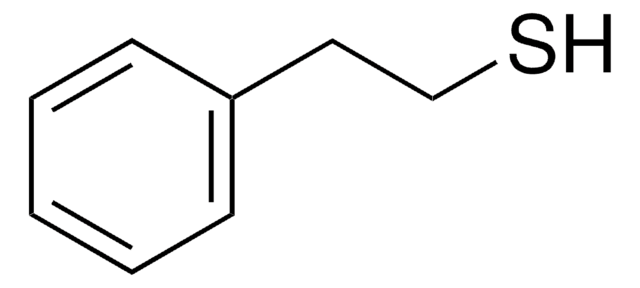645613
Sodium oxide
80%
Synonym(s):
Disodium monoxide, Disodium oxide
Sign Into View Organizational & Contract Pricing
All Photos(2)
About This Item
Linear Formula:
Na2O
CAS Number:
Molecular Weight:
61.98
MDL number:
UNSPSC Code:
12161600
PubChem Substance ID:
NACRES:
NA.22
Recommended Products
Quality Level
Assay
80%
form
solid
reaction suitability
core: sodium
reagent type: catalyst
impurities
~20% Na2O2
density
2.27 g/mL at 25 °C (lit.)
SMILES string
[O--].[Na+].[Na+]
InChI
1S/2Na.O/q2*+1;-2
InChI key
KKCBUQHMOMHUOY-UHFFFAOYSA-N
Looking for similar products? Visit Product Comparison Guide
Related Categories
General description
Sodium oxide is a strong alkaline oxide, commonly used as an active flux in ceramic glazes.
Application
Sodium oxide has been used as a coating precursor on organic polymer films during the plasma modification to analyze its antimicrobial properties.
Sodium oxide has been used as a coating precursor on organic polymer films during the plasma modification to analyze its antimicrobial properties.
Signal Word
Danger
Hazard Statements
Precautionary Statements
Hazard Classifications
Eye Dam. 1 - Ox. Sol. 1 - Skin Corr. 1A
Storage Class Code
5.1A - Strongly oxidizing hazardous materials
WGK
WGK 1
Flash Point(F)
Not applicable
Flash Point(C)
Not applicable
Personal Protective Equipment
dust mask type N95 (US), Eyeshields, Gloves
Choose from one of the most recent versions:
Already Own This Product?
Find documentation for the products that you have recently purchased in the Document Library.
Customers Also Viewed
Chang-jun Liu et al.
Journal of environmental sciences (China), 19(10), 1166-1170 (2007-12-08)
Red mud is the waste of alumina industry and has high TiO2 and Fe2O3 content which are active components for the adsorption of anion pollutants. In this study, the uptake of phosphate by red mud activated by heat treatment and
G Lusvardi et al.
The journal of physical chemistry. B, 113(30), 10331-10338 (2009-07-04)
In this work, the glass transition temperature and chemical durability of bioactive phospho-silicate glasses were experimentally determined and correlated to the structural descriptor Fnet derived from classical molecular dynamics simulations. The replacement of CaF2 for Na2O in the parent glass
Li Zhong et al.
Journal of hazardous materials, 172(2-3), 1629-1634 (2009-09-09)
A mild hydro-chemical process to extract Al(2)O(3) in red mud to produce sodium aluminate hydrate was investigated, and the optimum conditions of Al(2)O(3) extraction were verified by experiments as leaching in 45% NaOH solution with CaO-to-red mud mass ratio of
Masanobu Kamitakahara et al.
Journal of materials science. Materials in medicine, 20(12), 2419-2426 (2009-07-15)
A simulated body fluid (SBF) with ion concentrations similar to body fluid, proposed by Kokubo et al., is widely used to evaluate bone-bonding potential through the formation of an apatite layer. To be confident of the evaluation of the potential
M Gubler et al.
International endodontic journal, 41(8), 670-678 (2008-06-17)
To test whether bioactive glasses kill microbiota via mineralization or the release of ions other than sodium. Flame-spray synthesis was applied to produce nanometric glasses of different sodium content and constant Ca/P ratio: 28S5, 45S5 and 77S. Calcium hydroxide and
Our team of scientists has experience in all areas of research including Life Science, Material Science, Chemical Synthesis, Chromatography, Analytical and many others.
Contact Technical Service